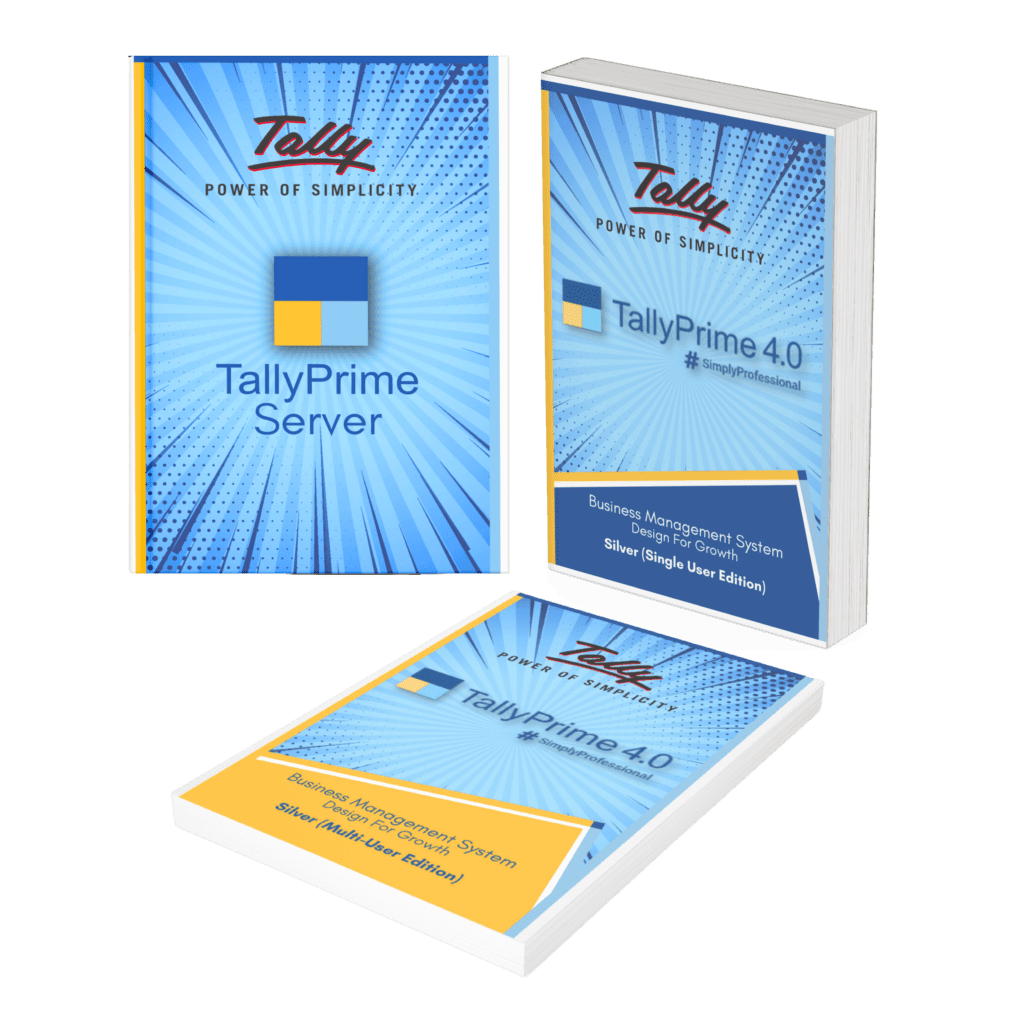Claiming Back GST on Business Expenses, Types of Claiming Back GST on business Expenses, New Claiming Back GST on business Returns & Forms, Simplified Claiming Back GST Returns, Easy Claiming Back GST Returns, Ordinary Claiming Back GST Returns, Gearing-systemed GST claiming return, Installments Gearing-systemed GST claiming return, Commanded GST commanding returns.
List of GST:
List of GST, Types of Classification of GST, Claiming Back GST from operational Currency transactions and Investment currency transactions, Drawing communication’s currency transactions and Mercury commanding transactions in Claiming Current Communication Detachment’s Mechanics
GST Tools and Services
GST Software, GST E Commerce Applications, GST on Freight Calculators, Ecommerce Tools, GST and TCS, GST Rates and TDS Impact , Reverse Charge Mechanism on Goods and Services Tax, GST Filing, GST Compliance and Control, Document Control and Compliance Regulations regarding Goods and Services Tax
Types of GST
Subunit of Tax – Centrally Provided Goods and Services Tax , Divisional Goods and Services Tax, Inter-Governmental Goods and Services Tax, United Territory Goods and Services Tax, Differences between Divisional Goods and Services Tax and Central Provided Goods and Services Tax and Inter-governmental Goods and Services Tax
Charge and Rates of Goods and Services Tax
Goods and Services Tax Charge, Goods and Services Tax with other charges, Users Charge’, Relief’, HSN Codes, Service Account Code or SAC Codes and Regional or State Codes designated for Goods and Services Tax


 Tally on Cloud simplifies accounting, accessible anytime and anywhere, enhancing flexibility and convenience for users.Choose a secure backup solution with strong encryption, flexibility in scheduling, and easy data restoration.
Tally on Cloud simplifies accounting, accessible anytime and anywhere, enhancing flexibility and convenience for users.Choose a secure backup solution with strong encryption, flexibility in scheduling, and easy data restoration.



